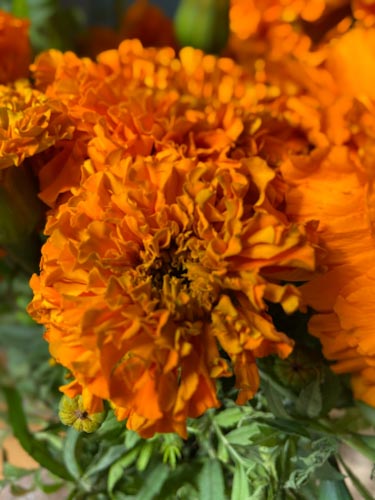When photographing with a camera for shallow depth of field:
- Use Aperture Priority or Av and set the camera to the widest aperture (lowest number.)
- Use the telephoto end of your lens (zoom in.)
- Get close to the subject
- Allow some distance between the subject and the background. There must be space between the foreground and background of your composition.
When photographing with a camera phone:
Because of its very small sensor size, it can be very difficult to get shallow depth of field with a cameraphone. However, the same general approach will work:
- Zoom in
- Get close to the subject
- Allow some distance between the subject and the background. There must be actual space between the foreground and background of your composition.
Take several small objects and photograph them using shallow depth of field, once with the focus on the object closest to the camera and once with it on the object further from the camera. Put the two photos into a post with a written definition of shallow depth of field and a description of what you had to do to achieve shallow depth of field in your photos.
Category: Lab: Week 9 – Shallow DoF








Recent Comments